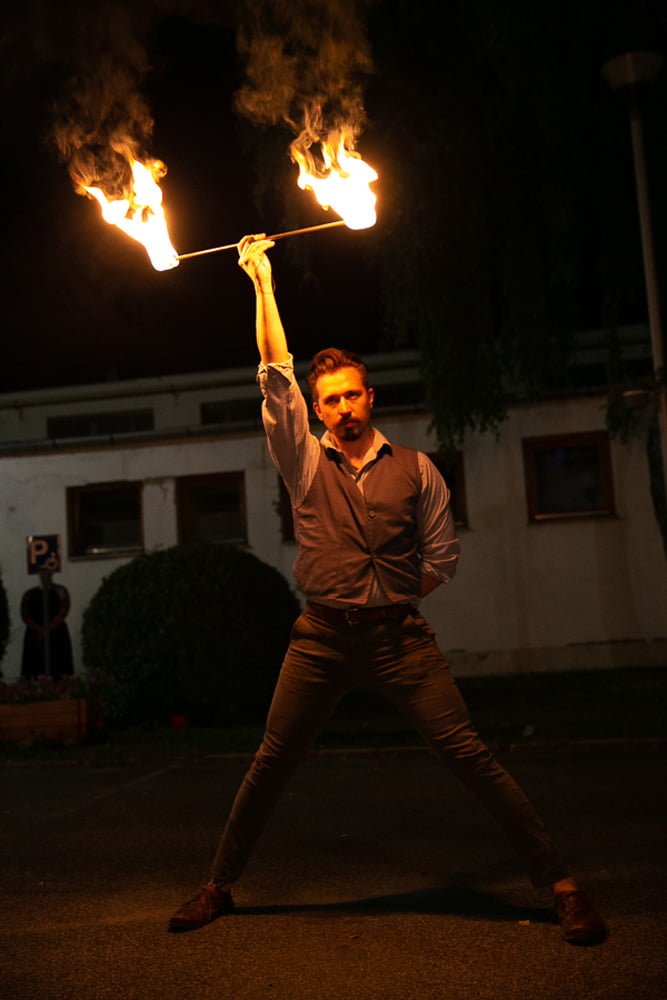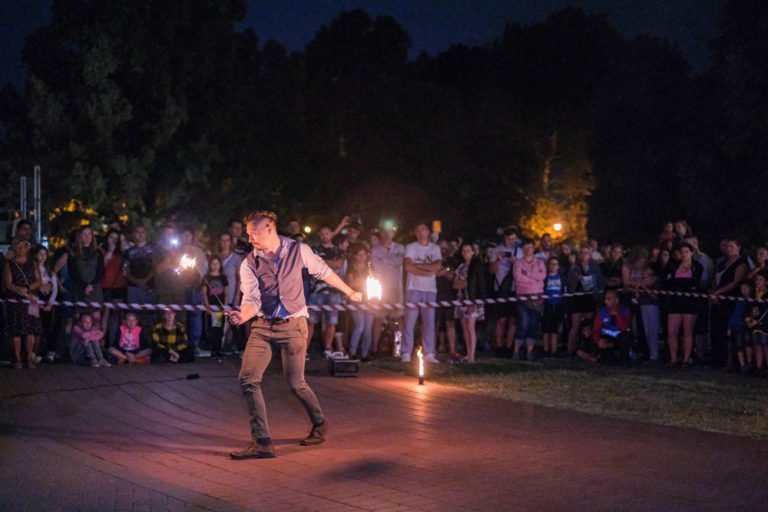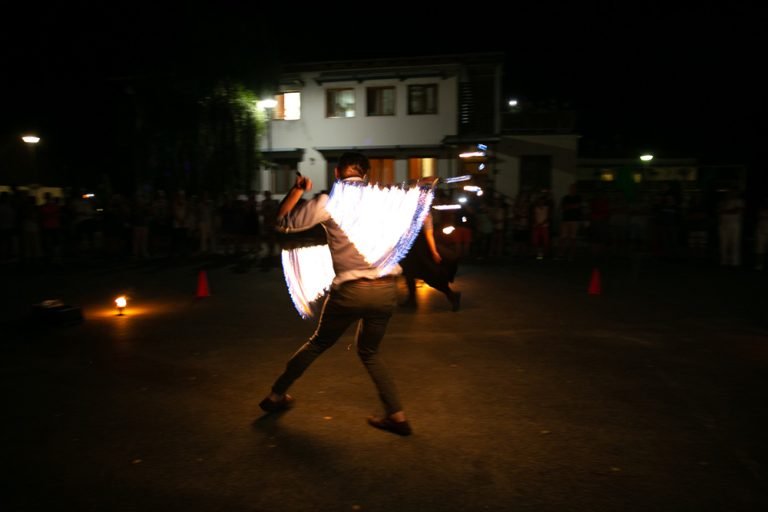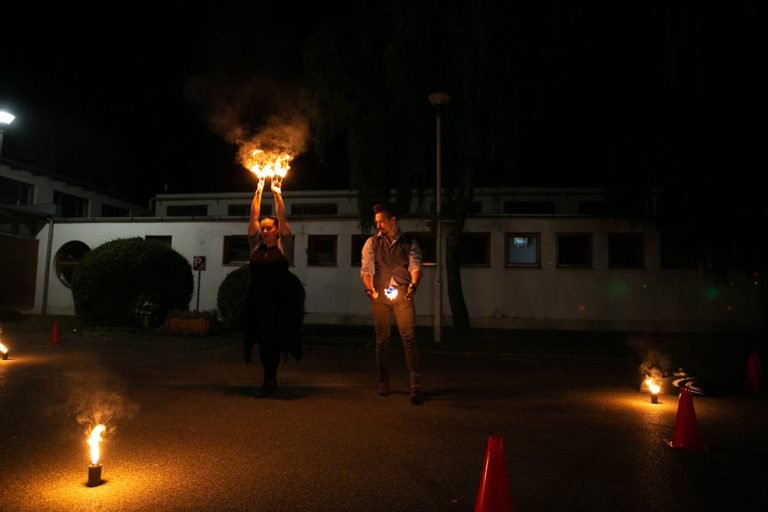Fire performances—such as fire dancing, fire breathing, and fire juggling—captivate audiences with thrilling visual spectacles. However, behind their dazzling appeal lies a significant level of legal responsibility and potential liability. Both performers and event organizers must understand these responsibilities to ensure safe and successful events.
Understanding Legal Responsibilities in Fire Performances
Fire performances inherently involve risk. Ignoring legal responsibilities can lead to serious consequences, including substantial fines, lawsuits, or even cancellation of events. It is essential for both performers and organizers to proactively manage these risks.
Obtaining Necessary Permits and Approvals
Securing appropriate permits is a critical first step when organizing or performing at fire-related events. Requirements vary based on location and event specifics but generally involve approval from local authorities, such as city fire departments or municipal governments.
For instance, the Seattle Fire Department mandates permits for most special events involving fire performances to ensure adherence to safety codes. Similarly, the Denver Fire Department requires performers to obtain permits along with detailed documentation, including certificates of insurance clearly outlining the specifics of the planned performance.
Failure to comply can result in severe penalties, legal actions, or the immediate cancellation of your event. Thus, researching and fulfilling these local regulatory requirements well in advance is paramount.
Securing Adequate Liability Insurance Coverage
Liability insurance is indispensable for anyone involved in organizing or performing fire acts. Coverage typically includes protection against personal injury, property damage, and related legal expenses that may arise from unforeseen incidents during performances.
Several specialized insurance providers offer tailored coverage for fire performers. For example, Specialty Insurance Agency provides liability insurance specifically for individual performers in the U.S., covering scenarios like spectator injuries or damage at venues. Similarly, K&K Insurance offers targeted insurance plans through their Performer Program, covering a variety of event venues and performance styles.
Event organizers should verify that all performers possess their own liability insurance. Additionally, it’s highly recommended that event hosts obtain their own supplementary general liability coverage. The standard industry recommendation, as highlighted by the CGA Law Firm, is at least $1,000,000 in general liability coverage to effectively manage event risks.
Implementing Safety Protocols and Best Practices
Adhering strictly to established safety protocols significantly reduces risk and liability exposure. Essential safety measures include:
- Comprehensive Training: Ensure all performers have undergone thorough training in fire handling techniques, safety protocols, and emergency procedures.
- Equipment Inspections: Regularly inspect all fire performance equipment for damage or wear to ensure optimal safety.
- Emergency Preparedness: Always have clearly defined emergency procedures, easy access to fire extinguishers, first-aid supplies, and designated emergency exits.
For instance, Seattle’s regulations mandate that venues hosting fire performances must have approved automatic sprinkler systems and comply with specific safety standards regarding venue dimensions and audience proximity.
By rigorously implementing these safety protocols, performers and organizers can substantially reduce accident risk and associated liabilities.
The Crucial Role of Event Organizers
Event organizers have significant responsibilities in safeguarding the legality and safety of fire performances. These responsibilities typically include:
- Hiring Experienced Performers: Select performers who demonstrate substantial experience, training, and who carry sufficient liability insurance coverage.
- Securing All Required Permits: Coordinate with local authorities to ensure all legal documentation and permits are obtained well before the event date.
- Providing a Safe Venue: Ensure the performance environment complies with fire safety regulations, including appropriate venue size, sufficient fire safety equipment, and clearly marked emergency exits.
By diligently fulfilling these duties, event organizers not only ensure attendee safety but also mitigate their legal and financial exposure.
Conclusion
Effectively balancing the excitement of fire performances with thorough legal compliance is vital for a successful and safe event. By obtaining necessary permits, securing adequate liability insurance, following rigorous safety procedures, and clearly defining responsibilities between performers and event organizers, you can ensure your event remains both spectacular and safe.
Looking to elevate your event with professional fire performers who prioritize safety and compliance? Contact us today to request a quote and bring an unforgettable performance to your next gathering!




